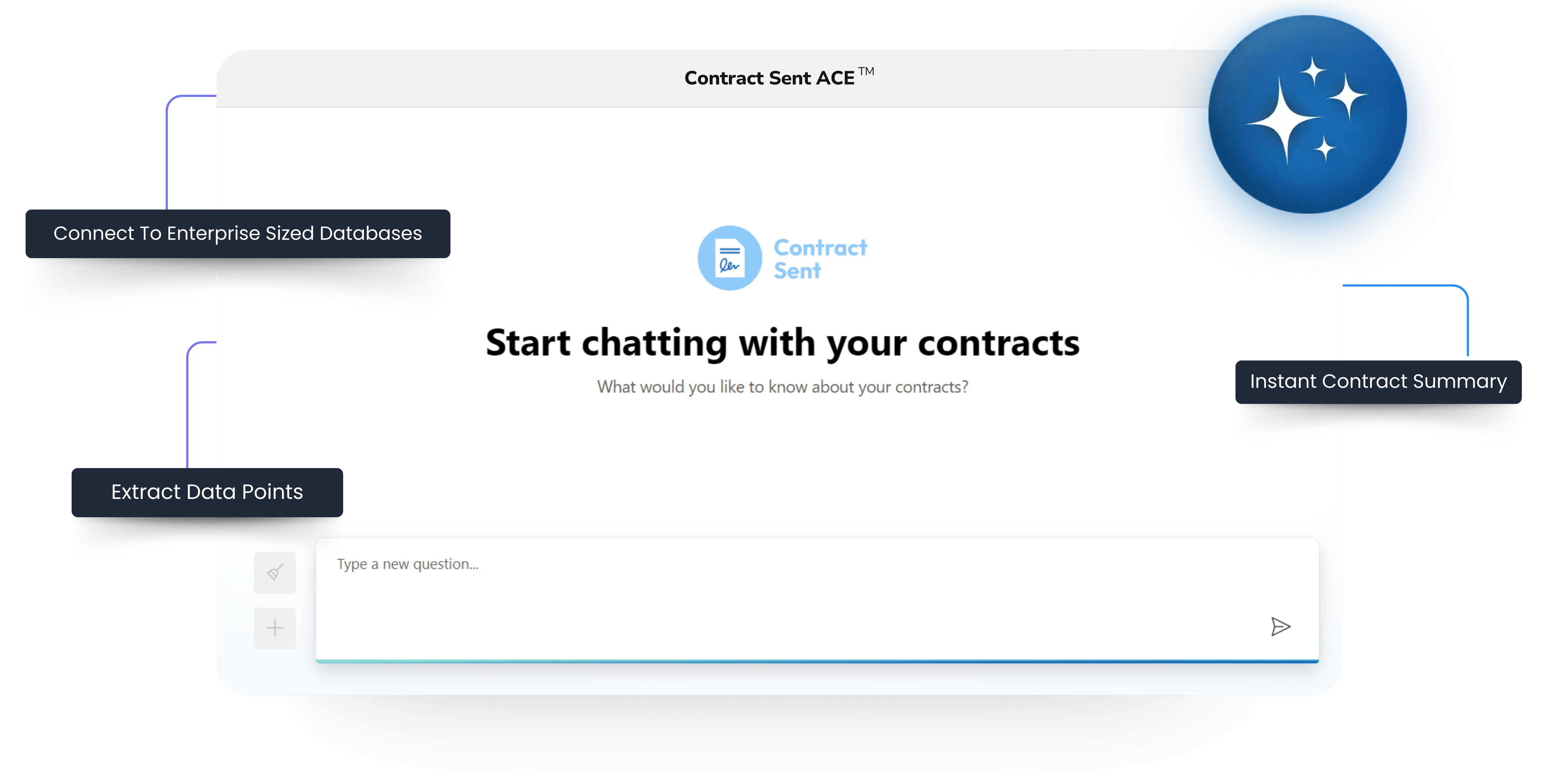Contract redlines and the contract negotiation process is one of the core things that slows down your sales cycles. Whether you’re looking to get sales in the door faster for you B2B startup or you’re working in a startup as a legal practitioner redlines can be a source of stress. Over the years of managing negotiations for software sales we’ve developed a number of tips for contract redlines. A lot of them are focused better communication between the multiple parties involved.
One of the tough things about contract redlines is that the activity occurs between different parties, all of which have highly technical knowledge sets. These knowledge set vary, even between those that you’d imagine have a lot of common ground. When you look at a lawyer who is well versed in the product their startup is selling that lawyer may have a strong understanding of intellectual property law for startups, licensing or use case knowledge of the product that their company is selling. Whereas a lawyer at an enterprise company that is purchasing software has little to no idea about the product at the other end of the contract and they are focused on risk reduction as well as making sure their company maintains the IP that they purchase. So how do you bridge this gap?
Let’s Start With the Basics – Tips For Contract Redlines For Beginners
Writing clear redlines and comments on a sales contract as a lawyer is crucial for effective communication during the negotiation process. Here are some tips to help you articulate your changes and comments clearly:
Redlines:
- Use Track Changes:
- Utilize the track changes feature in your word processing software. This visually highlights additions, deletions, and modifications, making it easy for the other party to identify changes.
- Bold or Highlight:
- If track changes are not available, use bold or highlighting to clearly mark the text that has been modified.
- Consistent Formatting:
- Maintain consistent formatting throughout the document. This includes font style, size, and spacing. Consistency enhances readability and professionalism.
- Provide Rationale:
- Where appropriate, add comments explaining the rationale behind each redline. This helps the other party understand the reasoning behind the proposed changes.
- Avoid Ambiguity:
- Be precise in your redlines. Clearly indicate whether you are adding, deleting, or modifying text. Ambiguity can lead to confusion and protracted negotiations.
- Focus on Key Changes:
- While it’s essential to mark all changes, draw attention to critical modifications that may significantly impact the agreement. This can help prioritize discussions.
Comments:
- Add Context:
- Provide context for your comments. Explain why a particular clause or provision is being questioned or modified. This helps the other party understand your perspective.
- Use Numbering:
- Number your comments for easy reference. This makes it simpler for both parties to discuss and address specific points during negotiations.
- Be Constructive:
- Frame your comments in a constructive manner. Instead of simply pointing out problems, suggest alternative language or propose solutions to move the negotiation forward.
- Highlight Legal Concerns:
- Clearly identify any legal concerns you may have. If a clause could potentially pose a legal risk, articulate the issue and propose revisions or solutions.
- Refer to Supporting Documents:
- If necessary, refer to relevant legal precedents, statutes, or case law to support your comments. This adds weight to your arguments and provides a basis for your proposed changes.
- Organize Comments Logically:
- Organize your comments in a logical order, perhaps following the structure of the contract. This makes it easier for the other party to navigate your feedback.
- Maintain Professional Tone:
- Keep a professional and respectful tone in your comments. Avoid language that may be interpreted as confrontational, as maintaining a positive working relationship is important.
- Encourage Dialogue:
- Encourage the other party to respond to your comments. Open a channel for discussion and collaboration, as this can lead to more efficient negotiations.
Remember that effective communication is key during the negotiation process. Clear redlines and comments facilitate understanding and collaboration, increasing the likelihood of reaching a mutually satisfactory agreement.
Redline What Matters
Raise Changes For Approval To Turnaround Contracts Faster
Tips For Contract Redlines – Start With Why
The use of the word ‘because’ in contract redlines and negotiations is amazingly infrequent. For a negotiation to go smoothly and to build a quick back and forth with a customer to resolve the negotiation quickly the simple use of the word because can be extremely effective. Let’s look that two examples of redlines, one without because and the other with:
“We’re unwilling to accept unlimited liability for a data breach, we propose a limit of two times annual contract value”.
The above is a very common approach to contract redlines and comments. Here is an example of using because in the comment:
“We’re unwilling to accept unlimited liability for a data breach because our product does not store any sensitive data from the customer. The data we store for users amounts to email address and password. A breach of such data does not constitute an event that justifies unlimited liability. We propose a limit of two times annual contract value”.
In this second example we provide the opposing council a clear and defined reason for our redline. We give them further information about why we see their request as inappropriate making it easier for us justify the change we’ve requested.
Implement Logrolling – Negotiation Technique For Redlining
One of the best tips for contract redlines is the use of logrolling. Logrolling in the context of contract negotiation refers to a strategy where two or more parties agree to support each other’s proposals or concessions. It involves making compromises on different issues to achieve an overall agreement. The term “logrolling” is borrowed from the practice of neighbors helping each other roll logs by exchanging labor to achieve a common goal.
In contract negotiation, logrolling can be effective when there are multiple issues or terms to be settled, such as in a SaaS sales contract, and parties are willing to trade concessions on different aspects of the agreement to reach a mutually satisfactory outcome. It requires a certain level of cooperation and trust between the parties involved.
Here’s a simplified example to illustrate logrolling
Imagine two parties, A and B, negotiating the terms of a contract. Party A is more interested in the avoidance of using a termination for convenience clause, while Party B is more concerned about the jurisdiction that the contract is ruled by. Through logrolling, Party A might agree to have the jurisdiction be Texas in exchange for the removal of the termination for convenience from Party B. Both parties make concessions on their priorities to achieve an overall agreement.
It’s important to note that logrolling can be a delicate strategy, and parties should carefully consider the implications of the concessions they make. It requires a good understanding of each party’s priorities and a willingness to find common ground. Additionally, it may not always be applicable or suitable for all negotiation scenarios.
Effective negotiation involves a combination of various techniques, and logrolling is just one approach among many. Other strategies include building rapport, finding win-win solutions, and focusing on shared interests. The choice of negotiation tactics depends on the specific context, the relationship between the parties, and the nature of the issues under discussion.
Redline What Matters
Raise Changes For Approval To Turnaround Contracts Faster
Tips For Contract Redlines – Proper Contract Versioning
Contract versioning, despite the basic concept being easy to grasp, can fall apart quite quickly during the contract redlining process. Using contract versions effectively during the negotiation process for sales contracts is crucial to ensure clarity, transparency, and a smooth negotiation process. Here are some tips to help you navigate the use of contract versions in startup sales negotiations:
Documenting Changes and Versions:
- Document Changes Clearly:
- Clearly mark and document any changes made in each version of the contract. This could include additions, deletions, or modifications to specific clauses.
- Use tools like track changes or highlighting to visually represent the changes. This makes it easier for both parties to understand what has been altered.
- Number or Date Versions:
- Assign a version number or date to each iteration of the contract. It sounds super simple but when you have multiple people negotiating from two sides of a contract it’s easy for this to get out of sync. Using a contract naming convention generator or using a contract management tool will help clear this up. This helps in tracking the progression of the negotiation and ensures that both parties are working from the latest version.
- Provide a Redline or Change Log:
- Include a redline or change log along with each new version. This document should clearly outline the differences between the current and previous versions.
- This makes it easy for the other party to identify the modifications and speeds up the review process.
Streamlining Communication & Collaboration:
- Clearly Define Ownership For Communication Between Teams:
- One of the most common issues with contract negotiations is a simple communication issue. Getting contract back and forth trapped in emails is one of the most common problems. Using a tool like a kanban board for contract negotiation management will help surface this information.
- Address Issues With A Call Where Possible:
- More often than not redlines, if not done well, can just cause a bottleneck of misinterpretation and slow things down. One of the easiest ways to get this moving forwards is by simply getting on a call. One hour on a zoom call can speed up contract negotiations weeks if not months.
- Define Service Level Agreements (SLAs) For Your Contract Negotiations:
- Your negotiations are one of the largest roadblocks in speeding up the sales cycle of your business, for that reason you can’t just let ‘it’s with legal’ be the catch phase for when things are slow.
- Ensure that legal turnaround SLAs are realistic and achievable, and align with the sales teams expectations.
- Anticipate Future Changes:
- Include provisions that address how future changes will be handled. This can include updates to the software, pricing adjustments, or changes in service offerings.
- A well-defined process for handling changes helps avoid disputes down the line.
- Involve Legal, Product and Compliance Teams:
- Ensure that legal, product and compliance teams from both parties are involved in the review what is actually being covered in the contract. This helps in identifying and addressing legal and regulatory concerns as the are actually related to the product that is being sold.
- Be Open to Collaboration:
- Foster open contract communication and collaboration between both parties. Clearly communicate the reasons behind proposed changes and be open to feedback.
- Collaborative negotiations can build a positive relationship and lead to a more successful outcome.
The Important Takeaways:
Remember, the goal is to create a contract that is fair, clear, and mutually beneficial for both parties. Regular communication, transparency, and a collaborative approach contribute to successful SaaS sales contract negotiations.
What Is A Standard Turnaround Time?
This is a very subjective question but it’s also one that every startup founder, CEO or Head of Sales has asked lawyers a number of times. The time it takes for a lawyer to redline a 30-page (for example) sales contract can vary significantly based on several factors.
One of the core assumptions is whether the contract is based on the template of the startup – which the lawyer is already familiar. Or is the contract from the company they are looking to do business with (the lawyer will not be familiar with this whatsoever). Here are some other considerations:
Factors Influencing Turnaround Time
- Complexity of the Contract:
- If the contract is straightforward with standard terms and conditions, the redlining process may be quicker. However, if it involves complex legal issues, special clauses, or industry-specific language, it could take more time.
- Familiarity with the Subject Matter:
- If the lawyer is already familiar with the subject matter, industry standards, and common contractual terms in the sales agreement, they may be able to review and redline the contract more efficiently.
- Review Standards and Policies:
- Some law firms or legal departments have established review standards and policies that lawyers follow. Compliance with these standards may impact the time it takes to redline a contract.
- Collaboration with Clients or Other Lawyers:
- If the lawyer needs to collaborate with clients, colleagues, or subject matter experts during the review process, it can extend the timeline. Coordination and communication may be required to address specific concerns or gather additional information.
- Urgency of the Negotiation:
- If there is a time-sensitive negotiation, the lawyer may need to expedite the review process. This can either speed up the redlining or require more focused and efficient use of time. This is where having a contracting dashboard in a contract management software comes in handy.
- Experience Level of the Lawyer:
- The experience level of the lawyer can influence the speed of the redlining process. More experienced lawyers may be able to review and mark up contracts more quickly due to their familiarity with common issues and solutions.
- Technology Tools:
- The use of technology tools, such as contract management software or document automation, can streamline the redlining process. These tools may include features like track changes, which make it easier to identify and communicate proposed modifications.
The Important Takeaways:
Given these variables, it’s challenging to provide a specific timeframe without knowing the specifics of the contract and the lawyer’s experience. In a general context, redlining a 30-page sales contract could take anywhere from a few hours to several days, depending on the factors mentioned above. It’s essential for lawyers to balance efficiency with thoroughness to ensure that the redlining process results in a well-crafted and legally sound document.
There as a lot of tips for contract redlines that you’ll find during your career. One of the core tips that we’ve found is that redlining and negotiating contracts is a very human and communication process. It relies on the two parties communicating the non-negotiable items of a contract as well as why they are pushing back on things. If we were to give one final recommendation in terms of tips for contract redlines that has solved most stalemates we’ve found ourselves in is that most roadblocks can be fixed with a phone call.











